Every child with a disability is different. They have different strengths, abilities, interests, and challenges. This is why it can be difficult to meet the needs of every child in a public playground. But if you are creating your own “playground” in your backyard or basement, you have the ability to customize it for your child’s needs.
Approximately 1 in 68 children has been identified with autism spectrum disorder (ASD) according to estimates from the CDC. Autism is characterized by difficulties in social interactions, communications, repetitive behaviors, and sensory processing issues.
A majority of people with autism also have sensory processing disorder (SPD). Sensory processing disorder is a condition that exists when sensory signals don't get organized into appropriate responses. It is like a neurological "traffic jam" that prevents certain parts of the brain from receiving the information needed to interpret sensory information correctly. People with SPD often find ordinary stimuli such as lights, sounds, smells, tastes, and movement painful, unpleasant or confusing.
One of the ways that we help children with SPD is by creating sensory environments for them to explore their senses. People have seven sensory systems; we look to include six of them in play environments (we exclude taste.) As you create a residential sensory environment for your family, you can pick and choose the type of activities you like the most, fit into your budget and space, and meet the needs of your children.
Tactile System
The tactile system is encountered by touch. Touch falls into many different categories: hard, soft, rough, smooth, wet, goopy, sticky, etc. In an outdoor setting, you can provide touch experiences:
Through water or sand tables. Different types of materials can be added to a sand table including Playdough, kinetic sand, cloud dough, moon dough, slime, dirt. You can purchase these materials or create them yourself.
By creating a tactile path where a child steps on different textures. Again this can be purchased or you can create your own. This can be done by putting different things in plastic containers and have the child step into each one. Items could include dirt, sand, beans, feathers, cotton balls, water.
In an indoor setting, the walls provide a perfect place to explore different textures by purchasing or creating a tactile board. By using the walls, you leave the floor space available for more active play.
 |
Auditory System
Hearing is the ability to perceive sound by detecting vibrations, changes in the pressure of the surrounding medium through time, through an organ such as the ear. Musical instruments, wind chimes, talking tubes, auditory processing games, music, toys that make different sounds are all ways to add sound and talking to a play environment.
The opposite of sound is quiet. Children often need places to retreat to where it is calm and quiet. Adding a tent or a playhouse, not only are you putting in a cozy space, but you are inviting imaginative play.
Olfactory System
The olfactory system is all about smell. Outdoors it is easy to create a sensory garden or herb garden that is filled with color, tastes, and smells. For children who use a wheelchair, there are all sorts of raised beds that can be created or purchased to facilitate access and participation.
Visual System
With the visual system, we talk about working on skills such as matching, directionality, spatial relations, visual attending, memory and discrimination, scanning and tracking, sequencing, organization, classification, visual planning, and critical thinking. Plenty of games, blocks and art activities help children work on these skills, and are also tons of fun.
Vestibular System
The vestibular system is about balance and motion. The best way to add opportunities to work the vestibular system is to add a swing, which come in many variations. Some swings go back and forth, some sway or spin. Some swings you sit on, lay on, or stand on. You can find challenging swings and those that offer full body support. You can play by yourself or with your friends. For indoors you can purchase doorway support bars or ceiling beam support systems. For outdoors, you can add a swing seat to a typical swing set or purchase a special frame. You can also go as simple as a hammock.
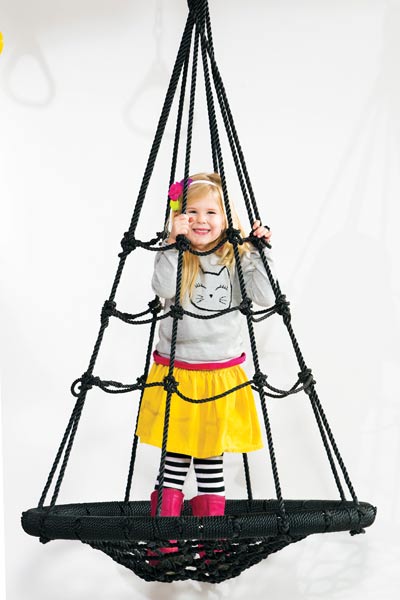
Proprioceptive System
Proprioception is the sense of the relative position of neighboring parts of the body and strength of effort being employed in movement. This sense is very important as it lets us know exactly where our body parts are, how we are positioned in space and to plan our movements.
We work on the proprioceptive system by climbing, jumping, crawling, and hanging. Creating proprioceptive activities outside can be fairly easy. Many climbing structures are available for residential outdoor play. You can supplement this with jumping balls, scooters, and sensory balls.
Many families who have a child with autism have trampolines. Trampolines are wonderful for proprioceptive input. However, they can be dangerous. The American Academy of Pediatrics (AAP) suggests trampolines should never be used unless athletes are being supervised in training for a sport like diving or gymnastics. One of the ways to get the benefit of a trampoline and make it safer is to use a mini trampoline with a handle.
Creating a proprioceptive play area inside is more difficult and requires space. But families have gotten very inventive with slides and climbing structures. Indoor climbing structures are available as well as ways to turn your walls into climbing walls.
Putting it all together
You can purchase kits that will enable you to create the basis of your play environment and then purchase or make other items to add to it. You do not necessarily need to purchase “special needs” items. Many of the items mentioned in this article are designed for everyone; then you can purchase the few special pieces from the special needs catalogs.
You can also start from scratch, determining what your budget and space requirements are and what is the most important feature(s) for your child. You can find dozens of DIY videos on YouTube that will help you create tactile boards, swings, playhouses and more. You can get hundreds of more items from looking on Pinterest.
Resources
- Safety is important. Always make sure there is a soft surface underneath any climbing structure.
- You can purchase the different types of equipment, games, and toys that are mentioned above from Amazon or special needs websites such as:
- Fun and Function www.funandfunction.com
- Pocket Full of Therapy www.pfot.org
- Flaghouse www.flaghouse.com
- Green Circle Garden www.greencirclegarden.com
- Photos courtesy of Fun and Function


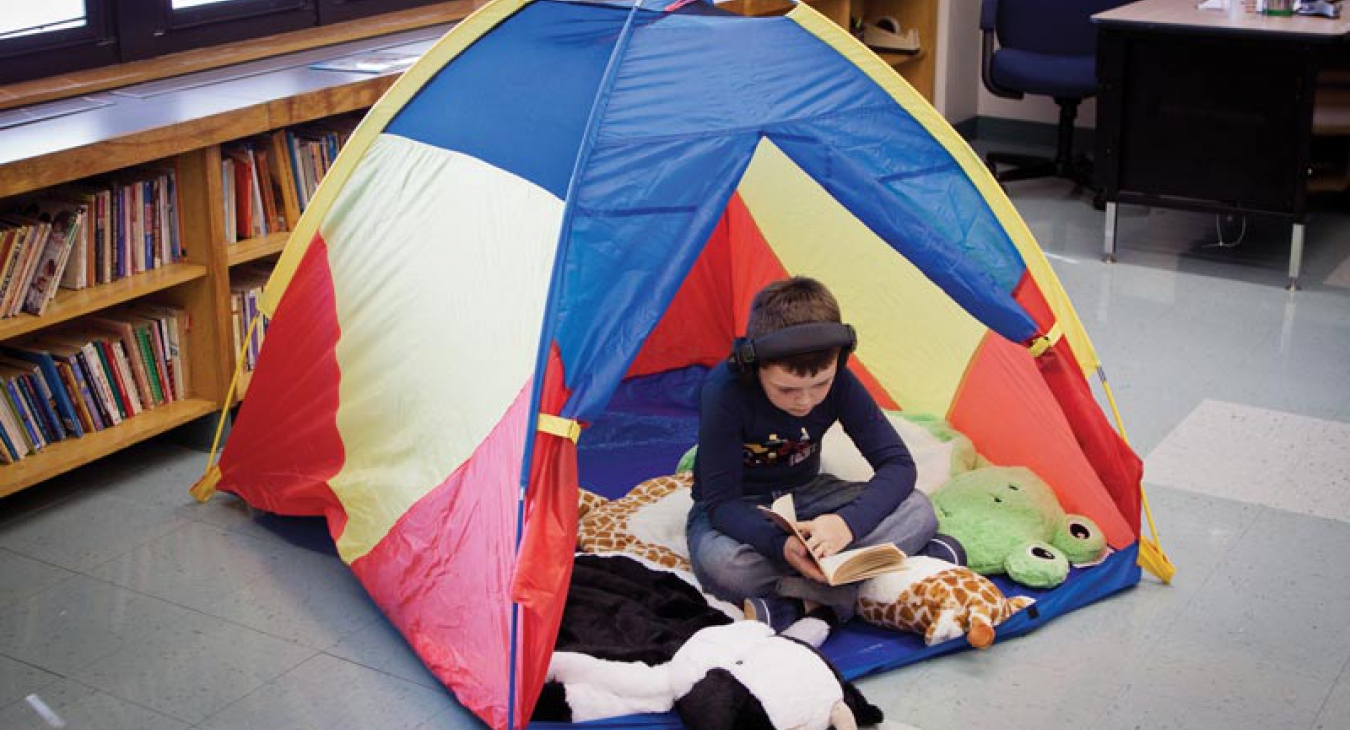
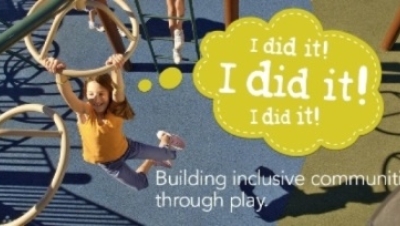
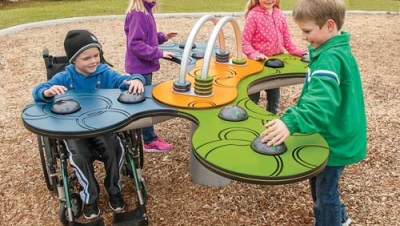
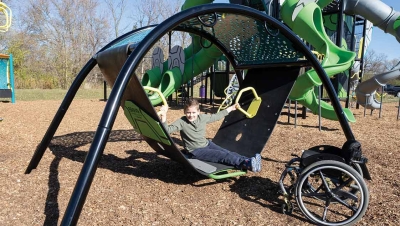



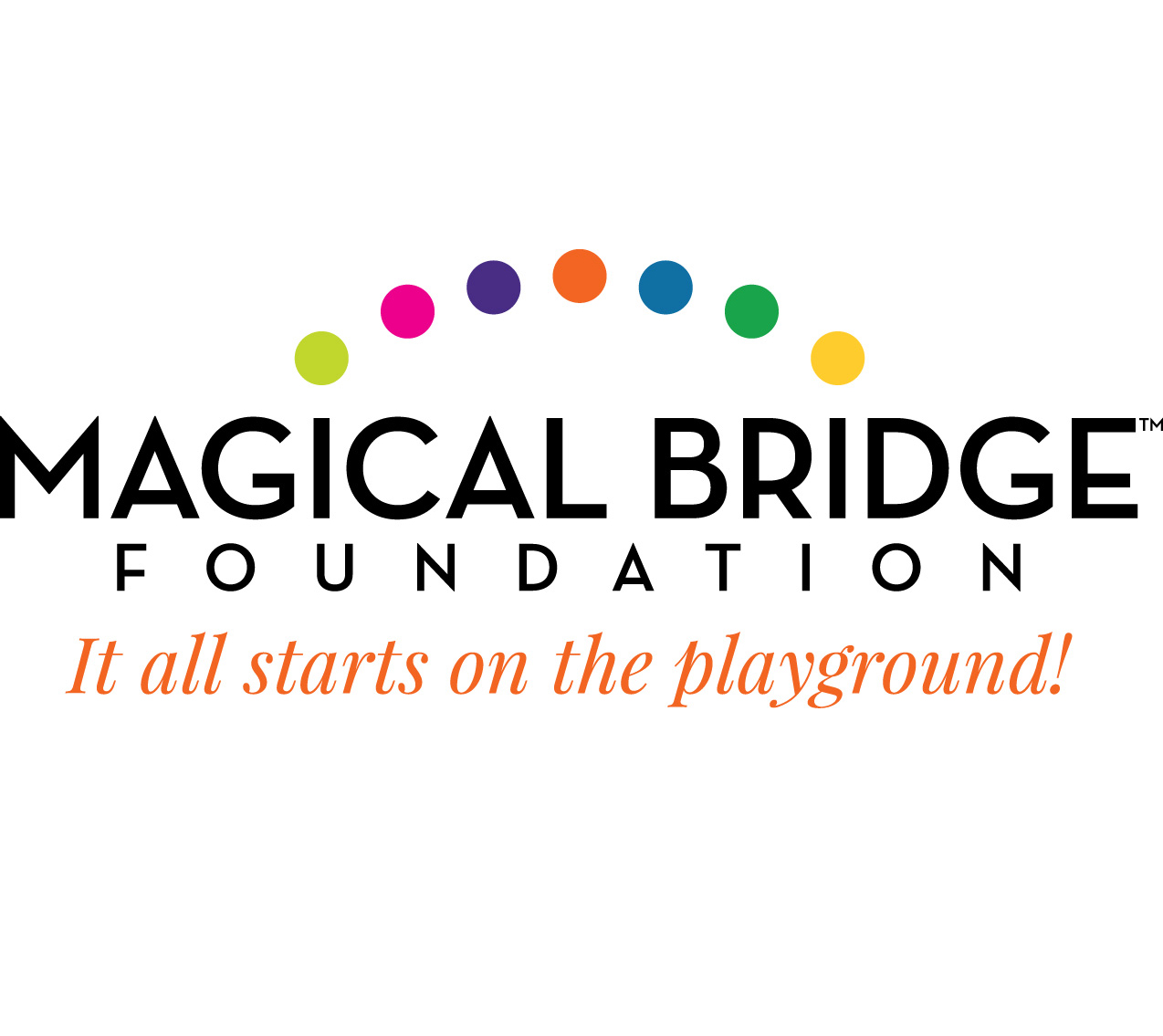



Add new comment